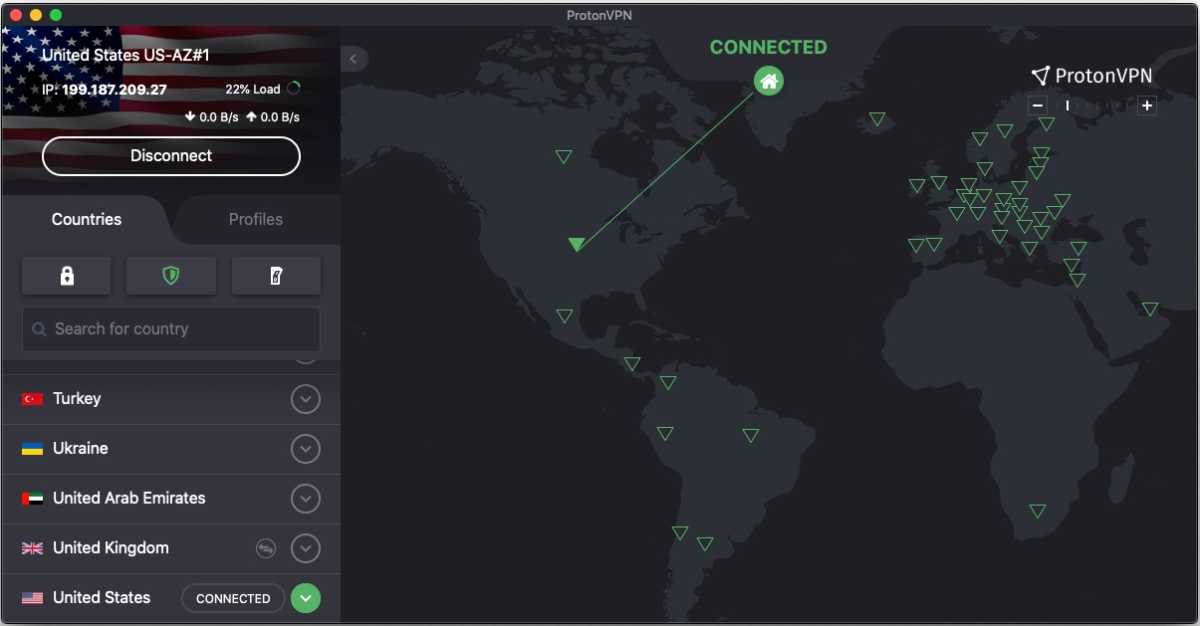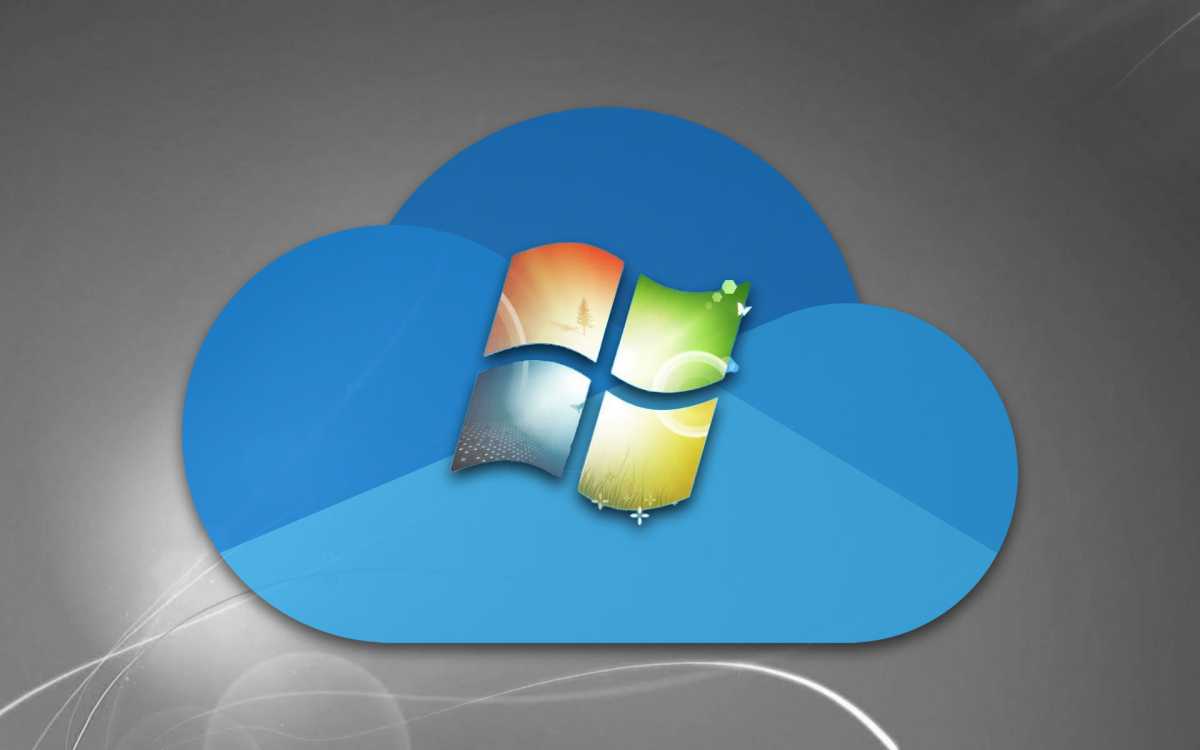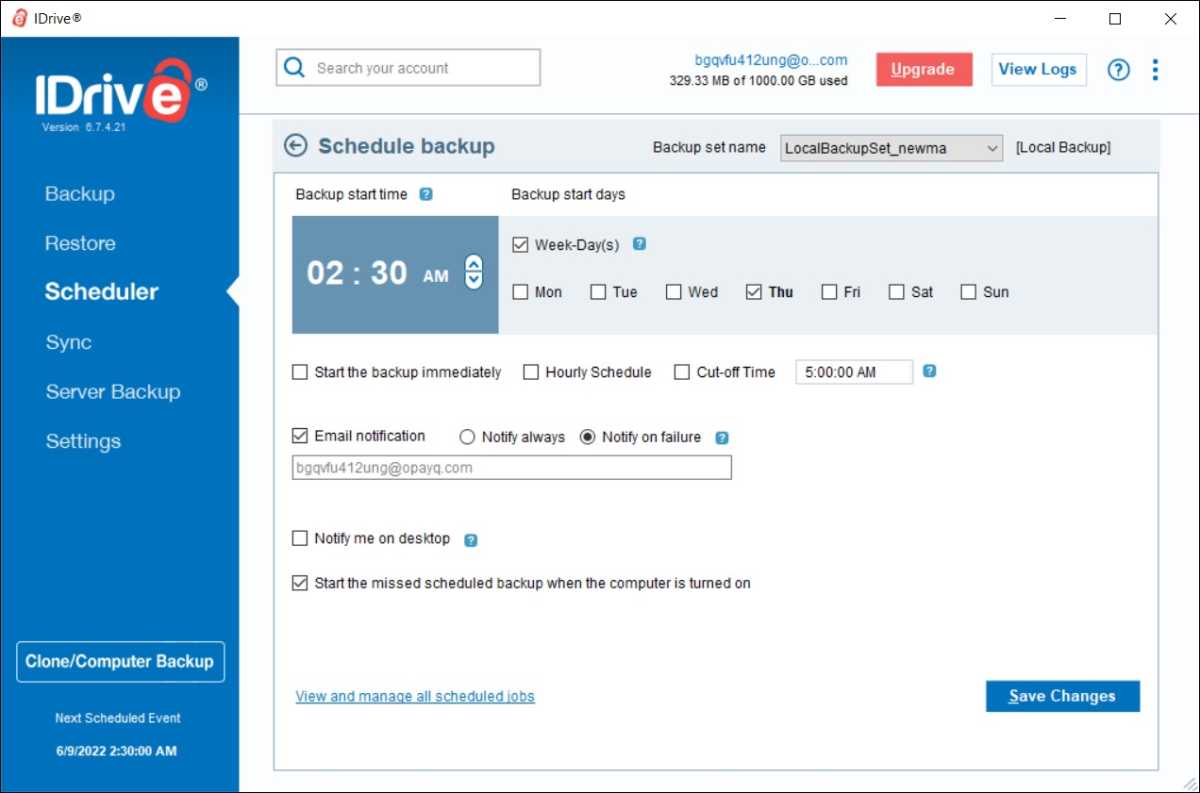I used to pay nothing for the daily services I rely on—e.g., email, password manager, cloud storage, and more. And those I did need upgraded features for, I could pay once and be set for awhile.
But the bar for privacy and security has risen (an unfortunate side effect of modern tech life), and most companies have ditched one-and-done software licenses in favor of paid subscriptions. Weaving together a comprehensive set of basics can add up fast, especially given all the other subscriptions in our lives. The good news is, you don’t have to shell out cash for everything. Some free options cover enough to be more than adequate. The trick is knowing when to scrimp and when to splurge.
This guide will help you wrap your head around free versus premium considerations for the most significant tech subscription types you’re likely to use on a phone or computer—and maybe help you save some cash in the process. We didn’t wade into entertainment subscriptions (like Netflix or gaming) because that’s highly subjective. Let’s dig in!
diedryreyes3456 / Pixabay
So many people use a free email service that you’re probably wondering who bothers with a paid plan. Your typical Gmail or Outlook.com account still has a price, though—not only do you have to endure ads, but data about you is being gathered for use.
Paying for email keeps you from being the product, and depending on your chosen service, provides stronger security protocols and encryptions options, too. You also get a broader range of features included, like support for custom domains and masked email.
But do you need paid email? Some people can’t see the downside to ads or having their habits recorded for other people’s use, after all. It’s a personal choice, but ultimately comes down to how much control you want. Consider how often you use email, the amount of email you prefer keep, the types of features you need, and your general preferences surrounding privacy and security. You can find free plans with stronger privacy and security (always a good thing)—services like Proton or Tutanota provide them, though with a heavy cap on storage (1GB). Paid services with a full set of features run about $36 to $48 USD per year, and should ideally include custom domain support, additional email aliases, 10 to 15GB of storage, and calendars.
Antivirus

IDG
Free antivirus software can work very well—in fact, we’re fans of Windows Defender, which does an excellent job at basic protection. But paid antivirus programs have their purpose, and the feature enhancements you get (like scheduled scans, deeper control over settings, phishing and ransomware protection, and more) can be worth the cash, particularly if you have riskier internet surfing habits.
Risk isn’t related to how savvy you are with computers, by the way. You can know plenty about PCs and still engage in activities that can increase your risk of exposure to viruses and malware. Maybe you often hit websites off the beaten path, or you have a job that involves a lot of email with attachments or links. Or you have a relative that’s constantly asking you to vet sites, links, and files they’re uncertain about. Paid software can help add an extra layer of back up for when you accidentally visit the wrong site or download and open something you shouldn’t have. (Yes, virtual machines help with this too, but not everyone has the system resources or interest in running those.)
If all you do is check your email, never click on links, and mostly visit established sites like Amazon and Facebook with ad-blocking turned on—you’re probably fine with free antivirus software. But if you know you could be vulnerable to straying beyond those borders, paid software is a better call for covering your butt.
VPN

Proton Technologies
A lot of people don’t use a VPN, but those who do typically appreciate privacy, security, and speed. It’s hard to find a free VPN that can compete with paid services as a result.
With speed in particular, you’ll see a notable disparity when comparing the top picks in our roundups of the best paid VPNs and the best free VPNs. The paid services blow free ones out of the water. They also have many more worldwide servers—important if you’re using a VPN for circumventing geo-targeting or when you’re traveling and need a local server.
Paid services also don’t allow you to become the product, in which identify information about you is kept (e.g., an email address) or worse, your internet browsing habits are being monitored in order to sell the data. Nor do they have restrictions on data usage. This is one of the few services where you’re better off going paid, unless your need for a VPN is truly minimal. You can save money by waiting for deals (timing your initial purchase around Black Friday is usually a good strategy), or finding a plan that offers a bundled discount with other services you use (e.g., Proton’s Unlimited plan includes both the highest tier of VPN service plus their mail and storage drive service).
Password manager

PCWorld
With password managers, a good free service or app will cover all the fundamentals. Just protect your account with a strong main password and two factor authentication, as well as safeguard browser extensions and apps with a PIN code or password, and you’re good to go. You’ll be able to easily generate strong unique passwords (and with some free password managers, unique user names and masked email addresses), and then quickly autofill them whenever logging into accounts.
So why a paid password manager? Paid plans offer additional valuable features like more robust sharing options, more sophisticated methods of two-factor authentication, and specialized features like being able to hide some of passwords while traveling. Think of it like the difference between a four-star hotel and a two-star hotel—the latter is usually more than adequate for a comfortable trip, but the former can really improve the travel experience thanks to better amenities, a concierge service, etc.
Incidentally, if you don’t have a password manager yet, it’s time to get one. There’s an option for everyone out there.
Cloud storage

Microsoft
Folks who kick it old school may be able to get away with backing up everything on local storage, but many of us these days find ourselves inevitably drawn into some form of cloud storage. Often the choice is influenced by the ecosystem our phone belongs to.
If you don’t take a lot of photos or create a lot of large documents, you might be able to get by fine with a free service. Google, for example, offers 15GB of space with all accounts. But if you’ve really committed to the cloud, you’ll run through that quickly. To keep your costs down, think broadly about your options—depending on your storage needs, you might save some cash by going outside of the ecosystem you’re already in. Microsoft’s Office 365 plan is one of the cheapest ways to get 1TB of space, for example (and here’s a trick to get Office 365 for even cheaper). You may also already have access to storage through other plans you’re subscribed to. Amazon Prime members have access to Amazon Photos, which offers unlimited photo and 5GB of video storage to Prime members.
Don’t forget that cloud storage isn’t a backup of your data if it’s the only copy you have. You’ll want to have a second copy elsewhere, whether that’s on a local PC or external drive, or a second cloud storage service.
Cloud backups

Jared Newman / Foundry
Why have both a cloud storage and a cloud backup service? They’re slightly different in concept. Cloud backup services are geared toward actual backups. You’ll download and install software that handles backing up your device to the storage service automatically, with the ability to save and track different versions of backups. With regular cloud storage, you have just one version of your file that syncs across all devices. Cloud backup plans also offer more storage space; it’s an easy way to have an offsite copy of your files, and less hassle than continually backing up on local drives to stash with trusted friends or family (or in a safe deposit box). Think of the two as complimentary services, rather than redundant.
The thing with backups is that few people have just a handful of files they want to save, meaning a free service won’t provide enough storage space. You’ll have to go with a paid service if you want the convenience and peace of mind of cloud backups. Our recommendations for the best cloud backup services is a good starting point to find a plan that’ll suit you and your needs.
Other services
Other services and subscriptions exist beyond the six mentioned here—web hosting, for example, is another common one. When trying to figure out which way to go when it comes to free versus paid, ask yourself these questions:
- What are the features I get with a paid service?
- Can I find the key features I need in a free service?
- Are the limitations of a free plan workable?
- What are the hidden gotchas of a free plan?
- How much time and hassle does a paid plan save me?
Don’t forget to also do you research to see if you can find more alternatives to the services you’re considering, or if you can gain access to the feature you need through another kind of service. (For example, maybe your email service doesn’t offer email aliases, but you can link a masked email service to your password manager and generate logins through that one interface.) You can also save cash by using free software for other things you do, thus freeing up funds for a subscription elsewhere.

